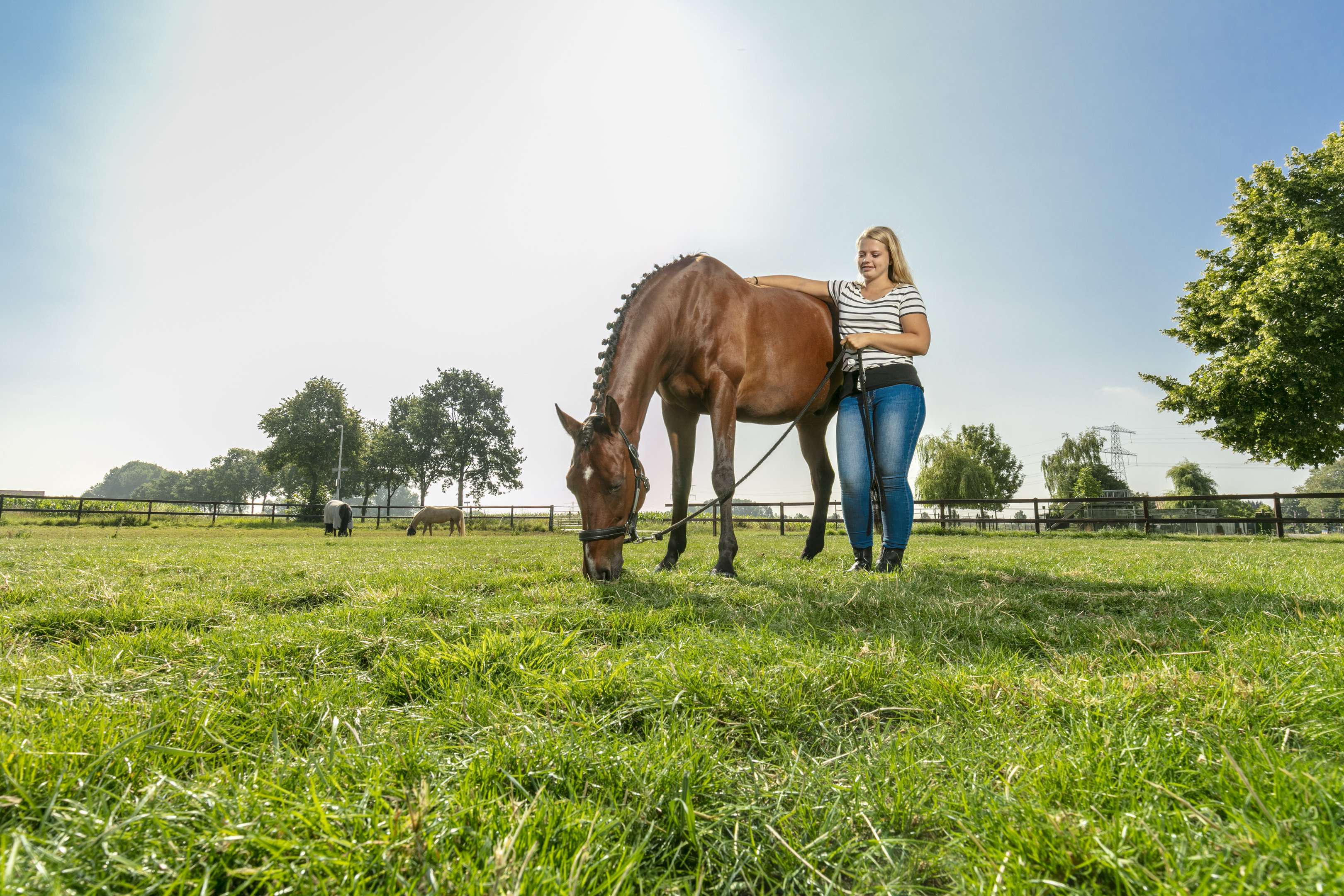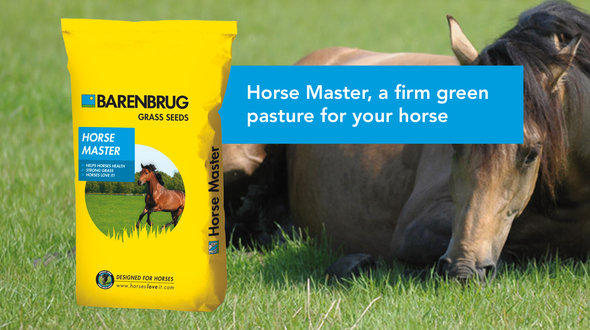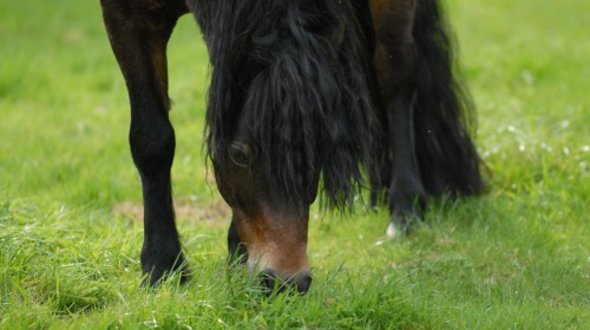Spring and early autumn are good times for seeding grassland. In those periods the temperature and humidity will ensure optimum germination and growth of the grass. The soil temperature should be at least 8°C (that can be easily measured). Try to do your seeding before a forecast rain shower. Horse Master® can be seeded until the end of September, weather dependant, but Hay Master should be seeded by 1 September at the latest. If you seed later, the young grass plants will have insufficient time to develop properly before winter and will run a risk of frost damage. Small plots can be easily seeded by hand. Distribute the grass seed evenly across the land, rake the soil lightly and then compact it by walking across it or rolling it. Large areas are best seeded with the aid of a special grass-seeding machine.
Don’t seed any deeper than 1.0-1.5 cm. Roll the seedbed immediately after the seeding. Ensure sufficient moisture after the seeding to allow the grass to establish. It is advisable to apply fertiliser when the grass is 6-8 cm high. That is also the best time for chemical weed control. Don’t wait too long before doing this, because otherwise the weeds will smother the young grass plants. Make sure any machines you use leave no tracks in your pasture. A freshly seeded pasture cannot be used for two months. The grass must be mown at least once before it can be used for grazing. Mow the grass for the first time when it is about 15 cm long. Any bare patches should be overseeded and extra nutrients (nitrogen, potassium and phosphorus) can be applied if necessary. Your pasture is now ready for grazing.
You will need 80 kg of Horse Master® to seed one hectare of land. If you want to use your plot mainly for mowing, 50 kg per hectare will suffice.






